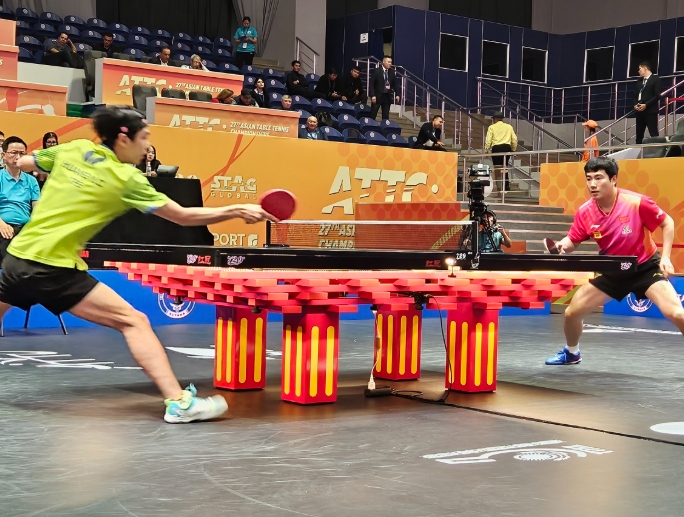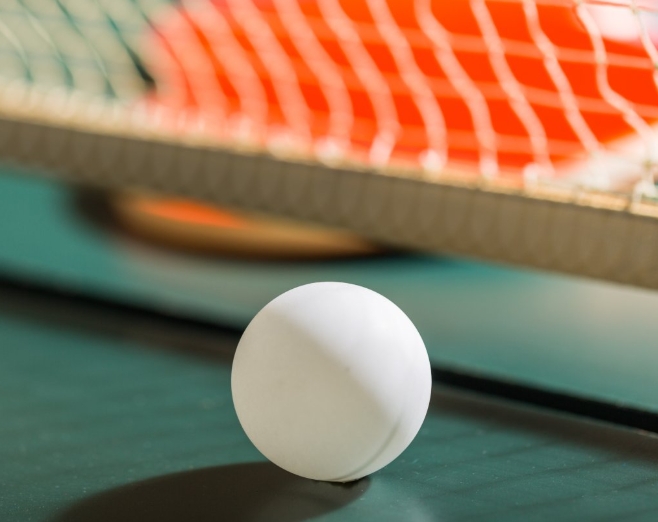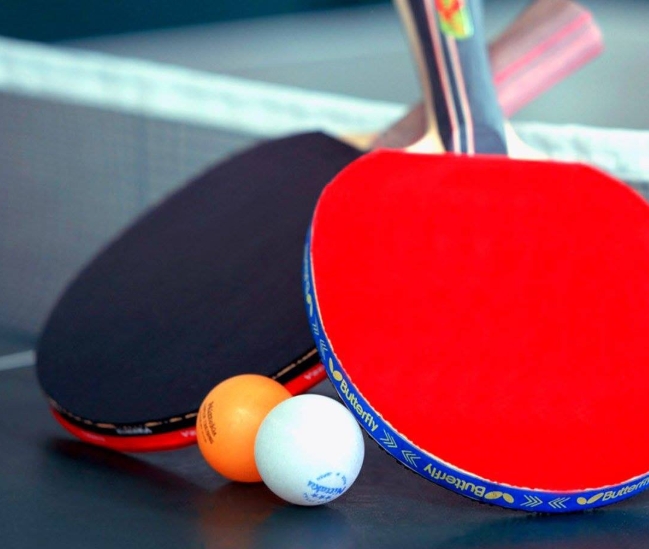Welcome to the exciting world of table tennis! Whether you're a complete beginner or someone looking to brush up on the basics, this guide is here to help you build a solid foundation in the sport. Table tennis is not just about hitting a ball back and forth; it's a game of precision, strategy, and skill. Let's explore the fundamental techniques and tips that will set you on the path to becoming a confident player.
Understanding the Basics
Before you start playing, it's important to understand the basic rules and equipment. Table tennis is played on a rectangular table with a net in the middle. The ball must bounce once on each side before being hit. Points are scored when your opponent fails to return the ball, hits it into the net, or serves illegally. The standard equipment includes a racket, a lightweight ball, and appropriate attire for comfort and movement.
Choosing the Right Equipment
Racket Selection: Your racket is your most important tool. Beginners should choose a racket with a balanced weight and a comfortable grip. Look for rackets that are designed for control rather than power. As you progress, you can experiment with different types of rubber and blade materials to suit your playing style.
Balls: Table tennis balls come in different qualities and materials. For beginners, it's best to start with a standard celluloid or plastic ball. These balls are durable and provide a good bounce, making them ideal for practice.
Basic Techniques
Stance: A proper stance is essential for balance and mobility. Stand with your feet shoulder-width apart, knees slightly bent, and weight evenly distributed. This stance allows you to move quickly in any direction and maintain stability while hitting the ball.
Grip: The way you hold your racket can significantly impact your performance. The most common grips are the shakehand grip and the penhold grip. The shakehand grip is versatile and allows for powerful strokes, while the penhold grip provides more control and is popular among Asian players. Experiment with both grips to see which one feels most comfortable for you.
Forehand and Backhand Strokes: The forehand stroke involves hitting the ball with the front of your racket, while the backhand stroke uses the back of your racket. Practice both strokes to develop a well-rounded game. Focus on maintaining a smooth, fluid motion and using your wrist and forearm to generate power.
Serving and Returning
Serving: A good serve can give you an immediate advantage. Start with basic serves like the forehand and backhand serve, focusing on consistency and placement. As you become more comfortable, you can experiment with different spins and trajectories to make your serves more challenging for your opponent.
Returning: Returning serves is just as important as serving. Practice reading the spin and trajectory of the ball to anticipate where it will land. Use a light touch to return spin serves and aim for the corners or the middle of the table to disrupt your opponent's rhythm.
Footwork and Movement
Footwork is a crucial aspect of table tennis. Good footwork allows you to reach the ball quickly and position yourself for the best shot. Practice basic footwork drills like the side-to-side shuffle and the crossover step to improve your mobility. Remember to stay light on your feet and move quickly to cover the entire table.
Developing a Strategy
Table tennis is not just about physical skill; it's also a mental game. Develop a strategy by understanding your opponent's strengths and weaknesses. If your opponent is strong on the forehand side, try targeting their backhand. If they struggle with spin, use spin serves to your advantage.
Practice and Drills
Consistent practice is the key to improvement. Spend time practicing basic techniques, footwork, and serves. Consider joining a local club or finding a practice partner to help you develop your skills. Drills like shadow practice, multi-ball training, and point play can help you build muscle memory and improve your game.
Mental Preparation
Table tennis can be a high-pressure sport, especially in competitive matches. Develop mental toughness by staying focused and calm under pressure. Practice visualization techniques to prepare for different scenarios and stay positive, even when things don't go your way.
Enjoying the Game
Lastly, remember to have fun! Table tennis is a great way to stay active, meet new people, and challenge yourself. Enjoy the journey of learning and improving, and don't get discouraged by setbacks. With dedication and practice, you'll see progress and enjoy the thrill of the game.


